NRG Senior Consultant
Kelsey Williams
Is your customer experience good? Maybe even great? Are you sure?
In a recent poll, more than 70% of CX leaders said they expect AI agents to be an extension of their brand’s identity, reflecting its values and voice (Zendesk). In that same study, leaders said they believe generative AI will provide warmth and familiarity in interactions.
In a world where AI can draft a high-quality PowerPoint in seconds, identify individuals from dating app photos almost instantly, and cars drive themselves, not utilizing AI and automation in customer service means falling behind and disappointing your consumers.
As consultants, one of the most repeated questions we hear is: “How are we ranking against our competitors?”
It is no longer about “what” your competitors are doing. It is about every single customer service interaction that a customer has experienced recently – with you and with your competitors. We know many industries and companies are jumping on the AI and automation train, not only for their customers’ benefit but for their wallet’s sake and employee experience as well. We are finding that while Artificial Intelligence is good, it’s really only ‘great’ when paired with operational efficiencies and trained live agents, leveraging the fine balance of people, process, and technology.
70% of CX leaders believe chatbots are becoming skilled architects of highly personalized customer journeys. (Zendesk)
– Zendesk, 59 Customer Service Statistics for 2024
One of our most recognizable examples of the phenomenon is the “Amazon Effect” While Amazon was one of the earliest adopters of efficiency, convenience and personalized experience, AI is allowing many smaller organizations to play ball with those industry giants. A few key benefits of AI, especially for younger, smaller, more lean companies:
Round-the-clock assistance: AI-powered chatbots allow businesses to offer continuous support, addressing basic customer questions and promoting efficient self-service. This ensures customer satisfaction and operational efficiency, even outside of regular business hours. Additionally, these chatbots can handle multiple inquiries simultaneously, reducing wait times and freeing up human agents to focus on more complex issues.
70% of CX leaders believe chatbots are becoming skilled architects of highly personalized customer journeys. (Zendesk) If you have not integrated or updated chatbot technology into your customer journey, contact us today.
Enhanced workforce efficiency: AI alleviates the administrative (and typically extra boring!) load on contact center agents by managing tasks such as transcription and summarization. This allows agents to dedicate more time to customer support and find more value and satisfaction from their interactions. Additionally, AI equips generalist workers with real-time information, transforming them into subject matter experts. This not only boosts productivity but also improves the overall quality of customer interactions; not to mention the efficiencies gained from an onboarding and training timeline.
Instant feedback and coaching: With remote or hybrid work environments, coaching on demand is not always an option. AI provides tailored feedback to agents, enhancing their performance and skill development. It also enables managers to effectively evaluate and mentor their teams, ensuring continuous improvement and higher quality customer service. Additionally, AI can identify trends and areas for improvement, allowing for proactive adjustments and better overall team performance.
Similarly to the AI’s newly founded permanent position in customer experience, we are seeing operational costs reductions of up to 30% by the implementation of automation tools, giving these an equally permanent role in the contact center space.
A few of the highlighted trends for automation in 2024 resemble the following:
-
- Delivering a consistent experience across all channels (raise a hand if you have ever effectively solved an issue via Instagram)
-
- Providing self-service capabilities in their IVR, so it does not matter what time of day, or the number of other customers with their own issues, their customers can solve their own need in a matter of minutes – maybe even less
-
- Proactive automation that allows companies to anticipate customer issues and streamline the resolution
-
- Empowered agents that are given no code tools to allow them to create their own workflows and efficiencies while skipping the often-lengthy IT queue
By now, you should see how AI and automation not only improve customer and employee satisfaction but also shape their expectations. If you are not already on board, it is time to catch up.
At NRG, we are focusing on those who are hoping to lead their contact centers away from “transactional interactions” and into the land of “loyalty centers.”
What Are You Missing?
You’re “doing the AI” and “automating your automation”, so why is your customer experience still falling short of great? There’s something just as important you may have overlooked: Knowledge Management.
Ensuring that the knowledge – from the basics to the intricate details of your products and services – is accurate and maintained is crucial for smooth operations. Knowledge management should be updated regularly, ideally monthly, to keep up with the latest information and changes. Everyone from frontline agents to managers and subject matter experts should be involved in this process to ensure comprehensive and accurate updates. Most of us have firsthand experiences with a chatbot giving outdated answers because the system wasn’t updated with the latest information. It’s a clear example of how even the smartest AI is only as good as the data it is working with. And if the mistake is notable enough, a single customer experience can wind up the topic on the top of your TikTok feed.
One notable example of AI gone wrong was Microsoft’s chatbot, Tay. Designed to learn from interactions on the social platform “X” (formerly known as Twitter), Tay quickly started mimicking and amplifying offensive, inappropriate content within hours of its launch in 2016. The chatbot was supposed to engage users in fun conversations, but due to a lack of safeguards and proper content moderation, it began spewing racist and inflammatory remarks. The incident spread rapidly online, forcing Microsoft to shut Tay down and issue an apology. It was a clear reminder of how automation can backfire if not carefully managed.
AI and automation in customer service are no longer an item somewhere on the wish list, it is ground zero for even being considered for a great customer experience. In fact, 75% of consumers who have already used generative AI think it will change their customer service experiences in the near future (Zendesk).
As we navigate through an era where technology can perform tasks in mere seconds, and this technology is becoming commonplace everywhere we turn, it is not only imperative to leverage these advancements, but a requirement to stay competitive and meet customer expectations.
The benefits are clear – from providing round-the-clock assistance and enhancing workforce efficiency to offering instant feedback and coaching. But do not be discouraged, though it feels like customer expectations are increasing by the minute, the implementation of automation tools can significantly reduce operational costs, making it a win-win for both businesses and customers. By embracing AI, automation, and robust knowledge management, businesses can transform their contact centers into loyalty centers, fostering long-term relationships and driving success.
To learn how to create a better – even great – experience for your customers, contact us today. We offer 15-minute discovery calls.
Sources: 59 AI customer service statistics for 2024 (zendesk.com)
About the Author: Kelsey Williams

Kelsey is a Business Analyst supporting Service Delivery and Sales Enablement. Her responsibilities include gathering and examining customer service data, working closely with different teams to enhance processes and technology, and delivering actionable insights. She has been especially focused on Journey Mapping, Assessments, and Knowledge Management initiatives.
She brings a multitude of experience in project and account management in the health science marketing space. She has been a regular volunteer for her Character Counts and Junior Achievement programs in her local school district.

